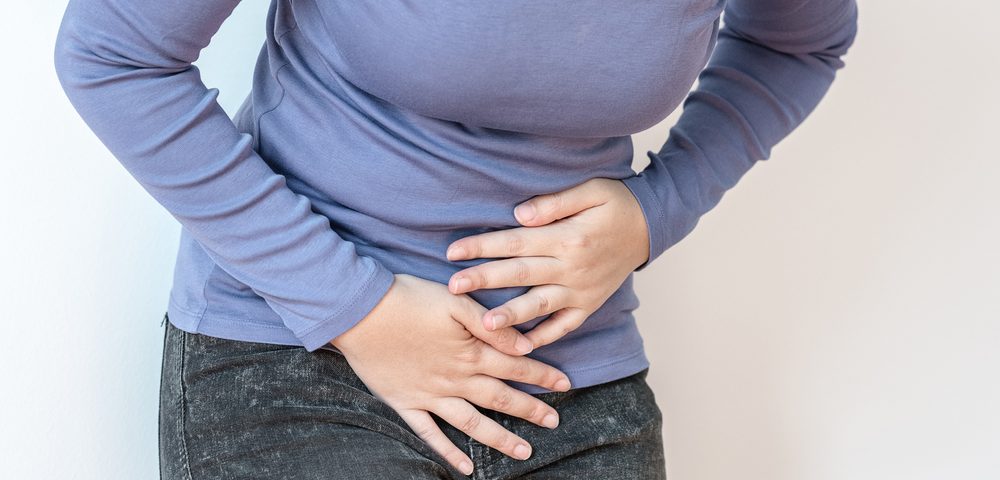Eighteen months ago, I quit taking painkillers. It’s not something I would recommend to everyone, but after developing some undesirable side-effects, I realized my long-term crutch had to go. It wasn’t an easy decision.
I began taking painkillers many years ago. During my teens, instead of walking to school clutching a hot water bottle, I took Paracetamol (acetaminophen). When my period pains worsened, I discovered ibuprofen. It became a staple in my purse, next to some questionable shades of lip gloss. It got me through college exams and group presentations pain-free. When I began my professional career, it enabled me to turn up at work during my period.
In 2009, I developed serious back and hip issues, increasing my painkiller intake. I lived in Belgium, but would travel to my Spanish hometown to buy ibuprofen with no medical prescription. I would return with bags of Zara clothes in one hand, boxes of very strong ibuprofen in the other. My stash was always full, and I could breathe easily.
During my week-long periods, I ended up taking an average of three to four pills per day. Doctors repeatedly warned me about my ibuprofen habit, telling me to reduce the dosage. I tried to combine the pills with antacids, but they gave me nausea. If I reduced the painkillers I took, it was agony. I eventually experimented with other meds, such as codeine, but none worked as effectively as ibuprofen.
Unsurprisingly, I developed some serious stomach issues. I struggled to digest certain foods and suffered painful cramps. While researching my symptoms, I learned about the connection between gut disorders and ibuprofen. Discovering how long-term consumption is linked to gluten intolerance was a real shock.
Finally, getting my endometriosis diagnosis was the eye-opener: I had a chronic disease. The thought of self-medicating for the rest of my life sent shivers down my spine. One weekend involving a very painful endometriosis flare-up, I decided to quit painkillers for good. It left my pain completely exposed.
Endometriosis sufferers have to cope with crushing levels of pain, comparable to heart attacks and even birthing pain. Mine has made me scream in agony.
Going painkiller-free comes at a price
This choice severely interferes with my life. During flare-ups, the pain is so extreme, I am mostly bed-bound. At an average job, I probably wouldn’t get away with two or three sick days every month. I’m fortunate enough to work from home, but my income is very limited.
Going painkiller-free was a personal decision that meant choosing health over convenience. I did it after extensive research, talking to doctors and making some lifestyle sacrifices. It doesn’t mean I don’t take anything for the pain. In fact, I have an array of alternatives I will tell you about next week, in part 2.
***
Note: Endometriosis News is strictly a news and information website about the disease. It does not provide medical advice, diagnosis, or treatment. This content is not intended to be a substitute for professional medical advice, diagnosis, or treatment. Always seek the advice of your physician or other qualified health provider with any questions you may have regarding a medical condition. Never disregard professional medical advice or delay in seeking it because of something you have read on this website. The opinions expressed in this column are not those of Endometriosis News or its parent company, BioNews Services, and are intended to spark discussion about issues pertaining to endometriosis.

